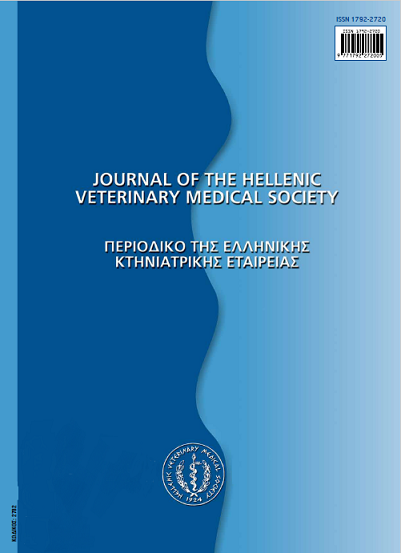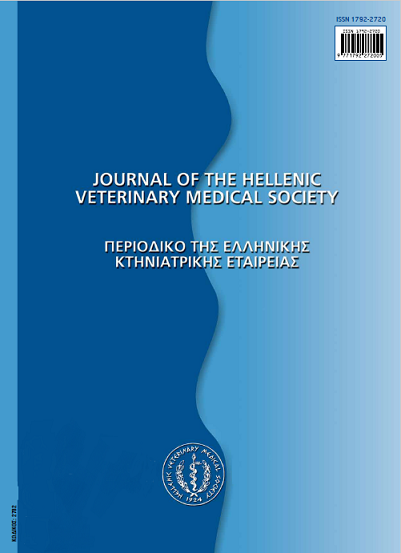Ophthalmic examination in dogs and cats. Part II.

Abstract
This is the second part of a review paper on the ophthalmic examination in dogs and cats. Ocular examination is an important aspect of the complete physical examination process; therefore, routine practice of an ophthalmic examination protocol enables the clinician to catalogue his findings and conclude to a diagnosis. Although the eye is a unique and highly complex organ in terms of structure and function, it should never be viewed and examined as an isolated organ, but rather than as a part of the whole, since a great number of systemic diseases reflect on to the eyes. A correct diagnosis in veterinary ophthalmology is often based on anatomical observations and the use of various simple additional ophthalmologic techniques. These may be easily learnt and applied in veterinary practice. The use of these techniques would assist the clinician in establishing a diagnosis and developing a rational treatment. Thorough and systematic ophthalmic examination includes: (i) accurate case history evaluation (signalment and primary complaint), (ii) eye and annexa examination in a lighted room by means of initial observation and close-up inspection, palpation (consisting of exploring the boundaries of the orbit, digital tonometry, eyelid eversion and globe retro pulse) and neuroophthalmologic assessment (including menace response, papillary light reflexes, corneal, oculocephalic and oculocardiac reflex),) (iii) detailed examination of the external (globe, eyelids and margins, nictitating membrane, conjunctiva, sclera, lacrimal system) and internal (cornea, anterior chamber, iris and pupil, lens, vitreous body, choroid and retina, optic nerve) ocular structures of both eyes, working from anterior to posterior, in a dark room, (iv) tear film production measurement (Schirmer Tear Test), (v) vital dyes use (fluorescein and Rose-Bengal stain), (vi) corneal and conjunctival scrapings (impression smears for exfoliative cytology), collection of specimens for microbiological examination, as well as of aspirates (aqueous humor from the anterior chamber or vitreous paracentesis from the posterior chamber), (vii) tonometry (digital, indentation or applanation), (viii) evaluation of the nasolacrimal drainage apparatus, (ix) ophthalmoscopy (direct or indirect) and (x) vision testing (based on menace reaction, moving objects, obstacle course and visual field evaluation).
Article Details
- How to Cite
-
SCOUNTZOU (E. ΣΚΟΥΝΤΖΟΥ) E. (2017). Ophthalmic examination in dogs and cats. Part II. Journal of the Hellenic Veterinary Medical Society, 54(4), 329–334. https://doi.org/10.12681/jhvms.15342
- Issue
- Vol. 54 No. 4 (2003)
- Section
- Review Articles
Authors who publish with this journal agree to the following terms:
· Authors retain copyright and grant the journal right of first publication with the work simultaneously licensed under a Creative Commons Attribution Non-Commercial License that allows others to share the work with an acknowledgement of the work's authorship and initial publication in this journal.
· Authors are able to enter into separate, additional contractual arrangements for the non-exclusive distribution of the journal's published version of the work (e.g. post it to an institutional repository or publish it in a book), with an acknowledgement of its initial publication in this journal.
· Authors are permitted and encouraged to post their work online (preferably in institutional repositories or on their website) prior to and during the submission process, as it can lead to productive exchanges, as well as earlier and greater citation of published work.



